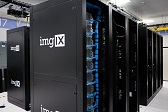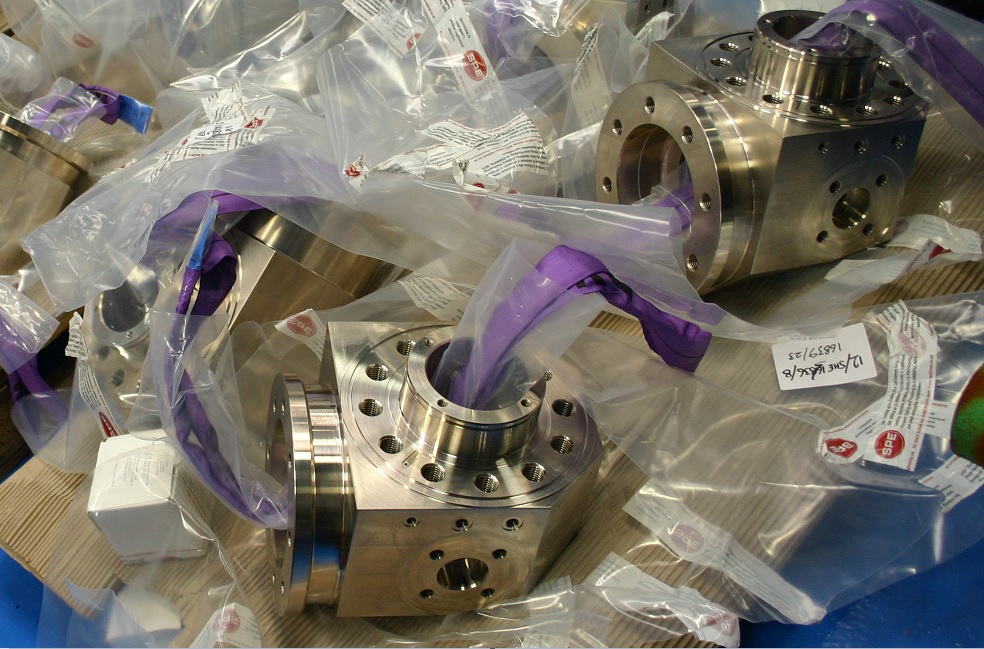1. What was the project?
Wrought Copper-Nickel-Chrome (CNC) work, looking at new markets such as highly corrosion resistant steels and developing alloys for nuclear fusion projects.
2. Why did you/Copper Alloys get to work on this problem?
Copper Alloys started developing CNC because we felt ready to take on the challenge. Deep experience in lots of research fields such as chemistry and physics have given us the right base to develop better alloys and improve process technologies such as chemical control. Lots of developments have originally started from enhanced property requirements for generic alloys. For example, making Def Stan 02-835 even stronger with 800MPa. Copper Alloys are prepared to try things out and push the boundaries of what is conventionally possible by applying everything we have learnt before in alloy enhancement and development.
3. Who is the client and what outcomes are they expecting?
Clients want wrought CNC instead of cast CNC or Nickel-Aluminium Bronze because it is higher integrity, and a much more robust and reliable production process because the process of forging really puts metal through its paces; if there are any defects of chemical anomalies then it will cause this process to fail. We are really focussed on production reliability, our KPIs display this. We truly believe that if you get the production process right, the product integrity and properties will speak for itself.
4. Why do you think they engaged with Copper Alloys to work on this problem?
Navies have engaged with Copper Alloys because they want a solution to one of the many corrosion problems that they have to manage.
5. What industry is that for?
Undersea engineering markets, particularly Naval defence.
6. What is the application?
Submarine sea water systems, sea water valves, pumps, heat exchangers. Anything in contact with sea water is a potential application.
7. How did you approach the challenge?
We adapted the process from a comparable alloy, made some, analysed it and improved the process to make it more reliable. The aim was to enhance the viability of the process.
8. How is the client involved? Do you collaborate with them, if so how and why?
Due to the specialist nature of the work a lot of the collaboration is internal. We do pull on some specialist engineering organisations but not on this project.
9. What was the timeline?
This is a 6-year development project.
10. Was it successful? What were the benefits to the client of what you are doing/this project?
This metal [Wrought CNC] has benefits over every metal used in sea water. When used in the right environment, the client can expect equipment to last much longer.
11. What data, KPI’s, etc have you got to measure the effectiveness of the work?
It’s simple: does the process make sufficient worked metal to exceed the property requirements of castings.







 United Kingdom
United Kingdom